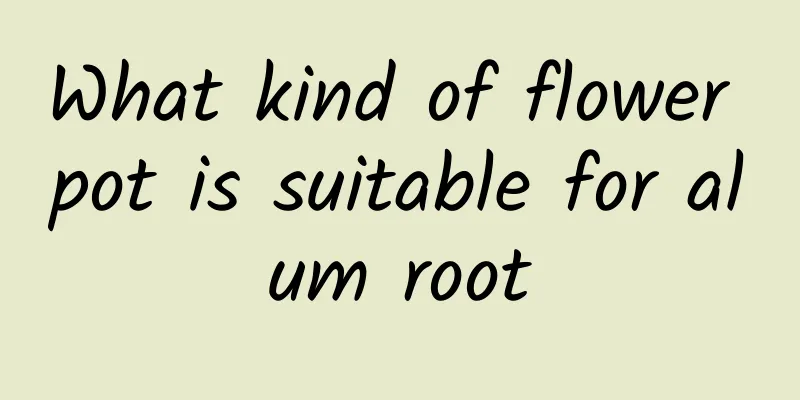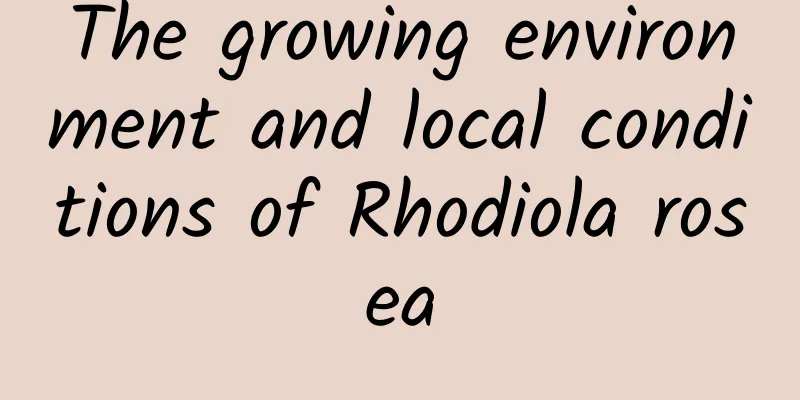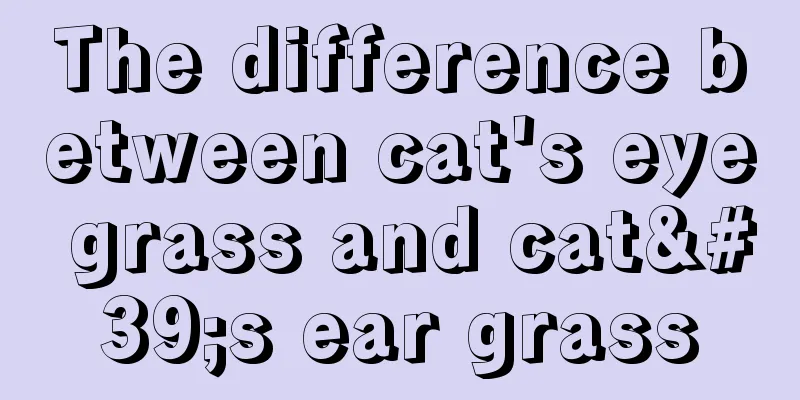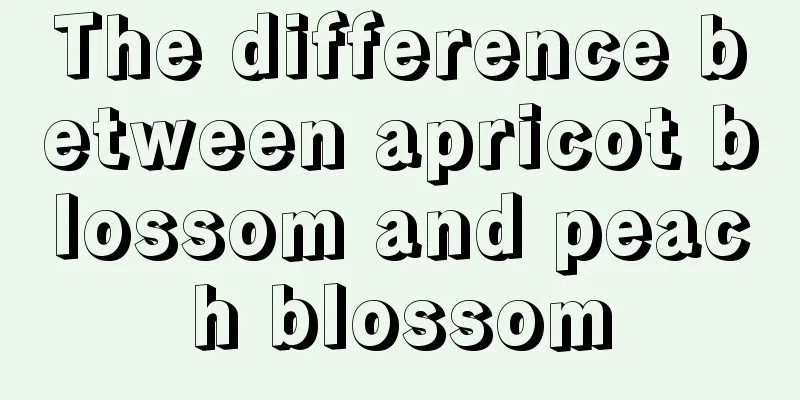The Flower Language and Cultural Legends of Caragana

Flower language of CaraganaThe flower language of Caragana is modesty, humility, elegance and neatness. Caragana is a large upright shrub in the genus Caragana. Its bright yellow flowers are extremely beautiful. It is suitable as an decorative tree species planted in lawns, rockery, corners, poolside, river beaches, etc. It can also be used as a hedge. But its flower language is words like modesty, humbleness, elegance and neatness, which make the Caragana seem more reserved and lovely. People who like this flower or are blessed by this flower: You are kind-hearted by nature, friendly to others, and easier to be accepted by others. You are very organized and efficient in your work. Whenever you achieve a small achievement, you feel touched by yourself, which makes you very lovable. It would be better for you to show some initiative occasionally. Cultural legends of CaraganaIn the Qing Dynasty, Chen Haozhi's Hua Jing, Volume 3, Flower and Tree Classification, there is such a passage: The broom has branches and twigs like those of forsythia, and leaves like those of locust trees but with small thorns. It blooms yellow flowers in mid-spring, which are pointed in shape and have two petals that open to the side, making it look as lovely as a flying bird. When the flowers are blooming, pick the ones with whiskers on the roots and plant them in a shady place and they will survive. Blanch it in salt water and make tea. (Note: Broom is a genus of Caragana in the Fabaceae family. It is an evergreen shrub with palmate compound leaves, which are formed from three leaflets and have no tendrils. There are one or two flowers, which grow in the leaf axils. The corolla is butterfly-shaped and golden in color. The name can be found in "Qunfang Pu", and another name is yellow broom flower, which can be found in "Compendium of Materia Medica Supplement". Another name is flying phoenix, which can be found in "Jiaxing Prefecture Records".) The gorse mentioned in the original text should be what is now called Caragana. According to the description in the article, "the branches and twigs are like those of forsythia, the leaves are like those of locust trees but with small thorns, and the yellow flowers bloom in mid-spring. They are pointed in shape and have two petals that open to the side, looking as lovely as a flying bird." This is also referring to Caragana. From this we can see that Caragana has already shown its presence in history, and the article also points out that Caragana has many uses. Yes, Caragana has shown its abilities very early on. |
<<: Where to see the Tiannv flower
>>: The efficacy and function of olive flowers
Recommend
How to save seeds of Impatiens
How to get Impatiens seeds Impatiens, also known ...
How many days will it take for the leaves of potted plants to wilt after repotting? What should I do if the leaves of potted plants wilt after repotting?
Growing flowers and plants is one of people's...
Which flowers are suitable for cake fertilizer (what kind of cake fertilizer is used for flowers)
First of all, I can tell you clearly that most of...
Can cherry blossoms be planted in pots?
Can cherry blossoms be planted in flower pots? Ch...
These 3 kinds of flowers can survive as long as they touch the soil. With some fertilizer, they will instantly turn into 1-meter-long flower balls that can never be killed!
Type 1: Geranium! Attention, friends who grow flo...
Precautions for cutting of four-season plum
1. Previous Notes 1. Selection of branches: Choos...
Common diseases of safflower and their control
Common diseases of red safflower There are three ...
How to grow camellia
1. Breeding environment 1. Soil: Camellia is suit...
Cymbidium orchid cultivation methods and precautions
Cymbidium orchids , also known as tiger orchids, ...
Do potted grapes need to be watered in winter? How to maintain them in winter
1. Do you need to water in winter? Whether potted...
Does mirror grass prefer shade or sun?
Does mirror grass prefer shade or sun? Mirror gra...
When to plant hollyhocks
When is the best time to sow hollyhocks? Hibiscus...
What is the function of incense?
Is the flower of jasmine poisonous? When it comes...
How and when to plant cabbage
Cabbage planting time Early-maturing cabbage vari...
How to grow hibiscus
The maintenance environment of hibiscus Hibiscus ...









